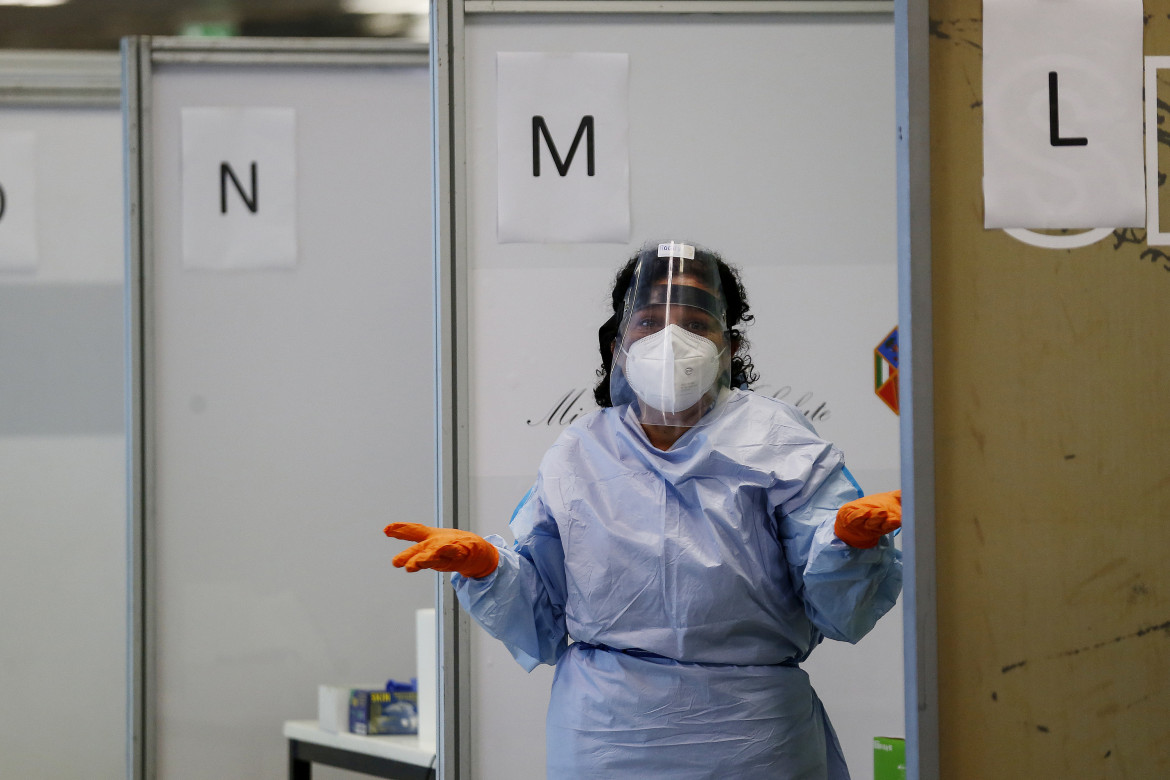Report
Italy’s Covid testing is total chaos, with kits scarce and no prioritization
'But the race to get swabs cannot be left without the intervention of the government, because there are neither enough diagnostic swabs nor facilities for everyone.'

While Italian hospitals are withstanding the impact of the second wave, the diagnostic network is in serious trouble. The queues for swabs, the confusion about the family doctors, the uncertainties among school administrators all testify to a system in chaos. Instead of adopting common solutions, the regions are pushing out autonomous initiatives at a daily pace.
The last one comes from the governor of Veneto, Luca Zaia: “We are working on a quick self-administered swab. It is a method we are bringing in from abroad, and that will allow citizens to take a rapid test by themselves. I believe it will be ready within 15 days.” But his former protégé, the microbiologist Andrea Crisanti, doesn’t mince words about this plan: “It’s nonsense.”
The Italian Epidemiologists Association has denounced the situation in a document. “Identifying positives at an early stage is the national priority,” emphasize the epidemiologists. “But the race to get swabs cannot be left without the intervention of the government, because there are neither enough diagnostic swabs nor facilities for everyone.”
Instead, the regions are proceeding haphazardly. “Local governments or even individual facilities have purchased and are offering different types of tests, in a kind of race without supervision or targets,” the experts write. Naso-pharyngeal or salivary swabs, molecular or antigenic, serological and do-it-yourself swabs: it is difficult for non-experts to figure them out. But even those who are managing the operations seem to be moving at random. “Each solution has specific characteristics, must be traced back to a specific purpose and must have a plan of application within the population.”
The tests are not all the same, and each is responding to a different purpose: some serve to diagnose cases, others to monitor the population with screenings. “Instead, there are regional institutions, local authorities, local health authorities that are offering tests without coordination or indication regarding which test to use depending on the context,” explains the epidemiologist Stefania Salmaso, who collaborated in the drafting of the document.
With two memos dating from Sept. 24 and 29, the Ministry has provided clarification on the use of rapid tests in schools, but this is not enough. “We are now formally requesting the establishment of a national plan that would set up a common strategy on the tests to be used in various conditions, for the results to made available and for costs to be monitored, because each region has purchased different tests at different prices.”
Conte has announced the arrival of five million rapid tests. “We will need a protocol to determine who to do them on, how to do them and what to do with the results. We need government action throughout the process.”
There are examples for how to make the tests more efficient. “At the University of Illinois, they have validated a saliva test and all 10,000 people there are tested twice a week,” says Salmaso. “Could you think of something similar for the staff of healthcare facilities, nursing homes and other similar contexts?” But the regions are going their own way, and the government is nowhere to be seen. “There is a lack of an authoritative plan, to which epidemiologists can contribute in a useful way.”
Originally published at https://ilmanifesto.it/per-i-test-e-caos-totale-i-tamponi-scarseggiano-e-le-regioni-vanno-in-ordine-sparso/ on 2020-10-11
